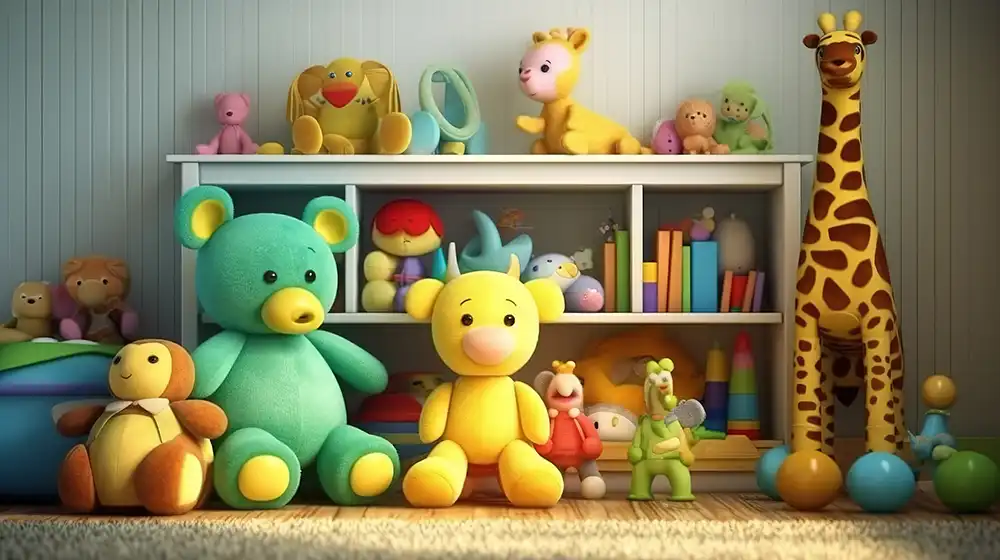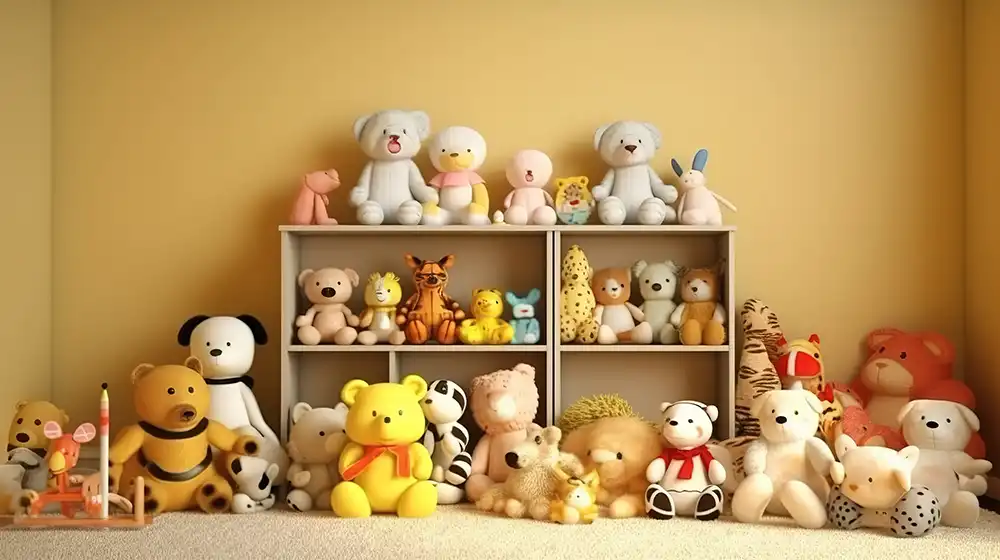Children’s Toy Trade: An In-Depth Look at a Thriving Industry
The children’s toy trade is a vibrant and dynamic sector that plays a crucial role in the retail industry. This business involves the manufacturing, distribution, and selling of toys specifically designed for children. The market is characterized by its rapid growth, driven by constant innovation and a steady demand for new and exciting products. In this article, we will explore the various aspects of the children’s toy trade, including its significance, the factors influencing its growth, and the challenges faced by those involved in this industry.


The Significance of the Children’s Toy Trade
Toys are more than just playthings; they are essential tools for a child’s development. They aid in the enhancement of motor skills, cognitive abilities, and social interaction. As a result, the toy trade is not just a commercial venture but a significant contributor to the overall growth and well-being of children. The importance of toys in early childhood development has been supported by numerous studies, which highlight how play impacts learning, creativity, and emotional development.
The children’s toy industry is a multi-billion-dollar market worldwide. In the United States alone, the toy industry generates approximately $27 billion in annual sales. Globally, this figure is even more impressive, with major markets in Europe, Asia, and North America leading the charge. This industry encompasses a wide range of products, from traditional dolls and action figures to high-tech electronic gadgets and educational toys.
Factors Influencing the Growth of the Toy Trade
Several factors contribute to the continuous growth and evolution of the children’s toy trade:
-
Innovation and Technology: The integration of technology into toys has revolutionized the industry. Interactive toys, augmented reality (AR) games, and smart toys that connect to the internet are becoming increasingly popular. These innovations not only entertain but also educate, offering children a more immersive and interactive play experience.
-
Consumer Trends and Preferences: The preferences of both children and parents significantly influence the toy market. Trends can be driven by popular culture, including movies, TV shows, and video games. For instance, a blockbuster movie can lead to a surge in demand for related merchandise. Additionally, there is a growing preference for eco-friendly and sustainable toys, reflecting broader societal concerns about the environment.
-
Economic Factors: The state of the economy also affects the toy industry. During economic downturns, consumers may cut back on non-essential spending, impacting toy sales. Conversely, during economic booms, there is generally more disposable income available for such purchases.
-
Seasonality: The toy industry experiences significant seasonal fluctuations, with peak sales typically occurring during the holiday season. Christmas, in particular, is a critical period for toy retailers, with a substantial portion of annual sales taking place in the months leading up to the holiday.


Challenges in the Children’s Toy Trade
Despite its many opportunities, the children’s toy trade faces several challenges:
-
Safety Regulations: Toys must meet stringent safety standards to prevent accidents and injuries. Ensuring compliance with these regulations can be costly and time-consuming for manufacturers. Recalls due to safety issues can also damage a company’s reputation and lead to financial losses.
-
Competition: The toy market is highly competitive, with numerous players ranging from large multinational corporations to small independent retailers. Standing out in such a crowded market requires constant innovation, effective marketing strategies, and a deep understanding of consumer preferences.
-
Changing Consumer Behavior: The rise of digital entertainment options, such as video games and mobile apps, poses a challenge to traditional toys. Children today have a plethora of digital distractions, which can impact the demand for physical toys.
-
Supply Chain Issues: The toy industry relies heavily on global supply chains. Disruptions, such as those caused by the COVID-19 pandemic, can lead to delays, increased costs, and product shortages. Managing these supply chain risks is crucial for maintaining steady production and distribution.
The Future of the Children’s Toy Trade
The future of the children’s toy trade looks promising, with continued innovation and adaptation to changing consumer preferences. The increasing emphasis on educational toys that promote STEM (Science, Technology, Engineering, and Mathematics) learning is expected to drive growth. Moreover, the push towards sustainability will likely lead to more eco-friendly toys made from recyclable materials.


In conclusion, the children’s toy trade is a vital and dynamic industry that continuously adapts to the evolving needs and preferences of children and parents alike. While it faces several challenges, the industry’s ability to innovate and respond to market trends ensures its ongoing relevance and success. As long as there are children who need to play and learn, the toy trade will remain a cornerstone of the retail sector.
